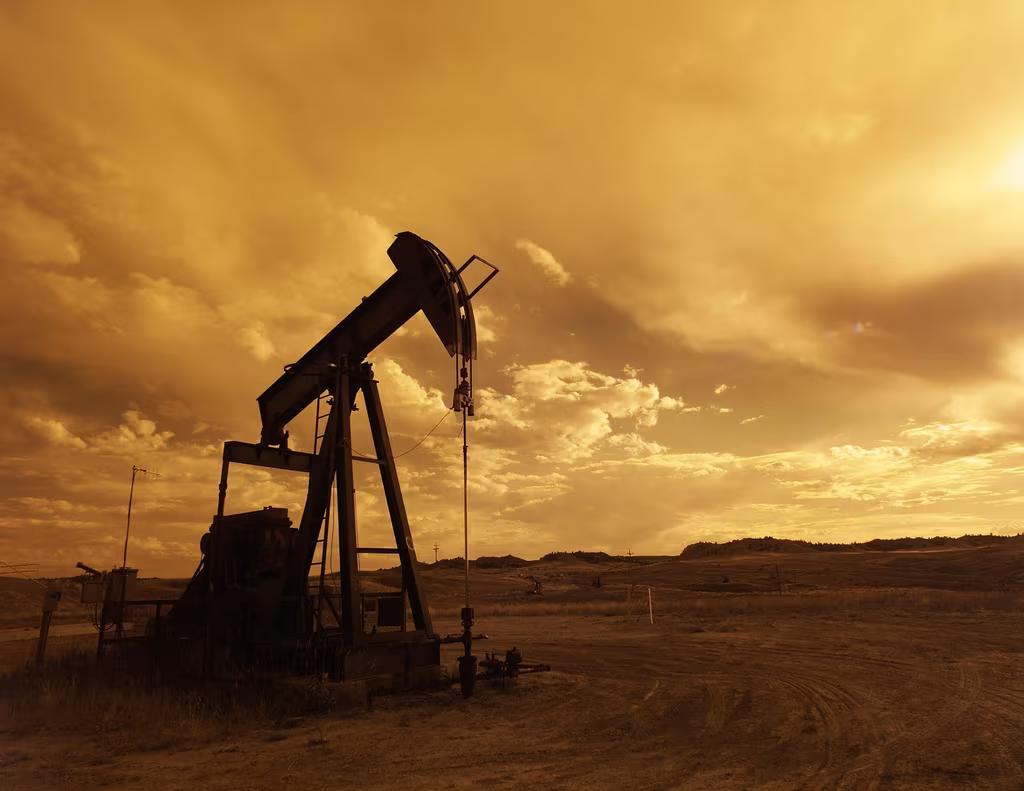
Lower oil production keeps diesel prices elevated
Fuel prices skyrocketed in early 2022 after the Russian invasion of Ukraine, with prices for 91 petrol and diesel increasing 26% and 74% in the first six months of the year. Petrol prices have since started to ease, but diesel prices remain stubbornly high.
Margin between diesel and petrol prices disappears
Consequently, diesel prices overtook regular 91 petrol prices in October, as 91 petrol prices eased to $2.44/L and diesel prices increased to $2.50/L.
Historically (since 2004), diesel has been $0.59/L cheaper on average than 91 petrol, but this margin has been shrinking sharply throughout 2022, as shown in Chart 1. At the end of October 2022, diesel prices were 11c/L more expensive than 91 petrol.
The closing margin between 91 petrol and diesel prices is largely a product of falling prices for petrol, with petrol prices down 19% from the peak in June, when prices averaged $3.01/L. However, diesel prices are only down 12% over this period.
Events combine to reduce global oil production
Russian invasion of Ukraine reduces global crude oil supply
The key driver of high fuel prices in 2022 has been the substantial reduction in global crude oil production. The Russian invasion of Ukraine, and the resulting sanctions on Russian exports, has led to a significant decline in the volume of Russian oil reaching the global market. The effect of weak Russian crude oil production has a major effect on the global market, as Russia was the third largest oil producing nation in 2021 (see Chart 2).
OPEC+ cuts production targets in October
OPEC and its allies announced it planned to reduce its production targets by 2m barrels per day in early October, in a bid to keep fuel prices elevated. The cartel is responsible for 40% of global oil production, so the decision had a substantial impact on fuel prices and is largely credited with driving the increase in diesel prices in October.
Refinery capacity remains limited after pandemic disruptions
US refining capacity fell during the pandemic, with capacity falling 5.5% between January 2020 and 2022. This reduction in output wasn’t particularly at issue over the last couple of years as COVID-19 disrupted international shipping, travel, and economic activity, which in turn weakened oil demand around the world.
However, since early 2022, the US has failed to boost refining capacity to anything approaching pre-pandemic levels, despite growing oil demand (see Chart 3).
Europe faces energy crisis heading into winter
Europe is experiencing a diesel shortage, adding to its recent energy crisis, which has driven up diesel prices. Adding to reductions in supply as a result of global events, worker strikes at French refineries led to oil production falling by more than 60%. The combined effect of falling production, both globally and domestically, and a highly inflationary environment, is driving fuel prices higher.
Outlook for fuel prices is more uncertain
The anticipated global recession in 2023 should put some limits on fuel prices. Households and business will be paying higher costs and facing slower economic activity, and as a result will be unlikely to demand the same high volumes of fuel, particularly when fuel prices are at near-record highs. A pull back in demand would allow demand to align better with supply and see prices moderate.
However, there’s also a risk that fuel prices remain high or header even higher. Energy demands over the European winter will be intense, and the lack of improvement in refining output doesn’t seem likely to change any time soon.
The margin between diesel and petrol will likely return to something closer to the historical norm in 2023, but this expectation depends on how, and indeed if or when, the government decides to reverse out the $0.25/L fuel excise duty (FED) reduction. At this stage, the $0.25/L reduction is set to be fully reinstated at the end of January 2023, but the government has refused to rule out an extension to the FED reduction as a tool to battle the cost-of-living crisis. We signalled earlier in 2022 that we were dubious that the government would remove the reduction in August as first announced and were proved correct. We’re again dubious that the government would remove the reduction, and increase fuel prices, in early 2023 with an election looming and inflation remaining high.















